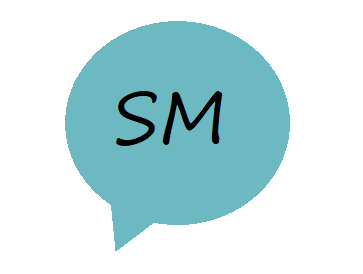Developing Visual Literacy Skills
The core abilities required for visual literacy
Visual literacy encompasses a set of core abilities that allow individuals to effectively engage with visual information. Observing involves keenly noticing details, patterns, and the overall composition of an image. Interpreting entails deriving meaning from these observations, connecting visuals to prior knowledge, cultural context, and personal experiences.
Evaluating visual information requires a critical assessment of its credibility, intent, and potential biases. Together, these abilities enable individuals to not only understand but also critically engage with visual content, ensuring they can discern underlying messages, contextual implications, and the nuances of visual communication.
The role of art education in nurturing visual literacy skills
Art education plays a vital role in cultivating visual literacy skills. Through exposure to various art forms and hands-on creation, students learn to observe nuances, understand compositional elements, and decipher symbolic meanings. Art education encourages critical thinking about visual content, fostering abilities to interpret and evaluate images beyond their surface value.
By engaging with art, students become attuned to the subtleties of visual communication, enhancing their ability to discern messages, emotions, and intentions in a broader range of visual media. Essentially, art education serves as a foundational platform for nurturing a comprehensive and nuanced understanding of the visual world.
Practical tips and activities to enhance visual literacy abilities for learners of all ages
Enhancing visual literacy abilities is essential for navigating our visually rich world. Here are some practical tips and activities suitable for learners of all ages:
Image Analysis: Choose a photograph, artwork, or advertisement. Discuss or write about its elements, such as colors, shapes, focal points, and the emotions it evokes.
Storytelling with Images: Using a sequence of pictures without words, ask learners to narrate a story, emphasizing the visual cues that informed their narrative.
Compare and Contrast: Present two similar images with subtle differences. Discuss or note what's different and why those differences might matter.
Visual Journals: Encourage maintaining journals filled with drawings, collages, and pasted images, and periodically reflect on the entries' meanings.
Field Trips: Visit art museums, galleries, or even online art platforms. Engage in discussions about what is observed, the techniques used, and the potential intentions behind artworks.
Critique Visual Media: Regularly analyze and critique movies, TV shows, or advertisements, focusing on the visual aspects and the messages conveyed.
Create Visual Media: Encourage drawing, painting, or digital design. The act of creation enhances understanding of visual elements and principles.
Optical Illusions: Study optical illusions to understand how our eyes can be tricked, leading to discussions on the workings of visual perception.
Mind Mapping: Use visual mind maps to represent information, showing how ideas are interconnected.
Interactive Apps & Games: Utilize apps and video games that challenge visual perception and interpretation, such as puzzle games or visual scavenger hunts.
Analyze Infographics: Infographics are great tools for understanding how visuals can represent and simplify complex data. Discuss the choices made in the design and how they affect understanding.
Engage in Photography: Encourage taking photographs, followed by discussions or reflections on why certain shots were taken, the story behind them, and the techniques used.
Word-Image Association: Write a word or phrase, then find or create an image that represents it. Discuss the choices made.
Visual Vocabulary: Build a visual vocabulary by identifying and discussing elements like line, color, texture, and space in various visuals.
Regular engagement with these activities can incrementally and significantly bolster visual literacy skills, making learners more adept at understanding and critiquing the visual world around them.
